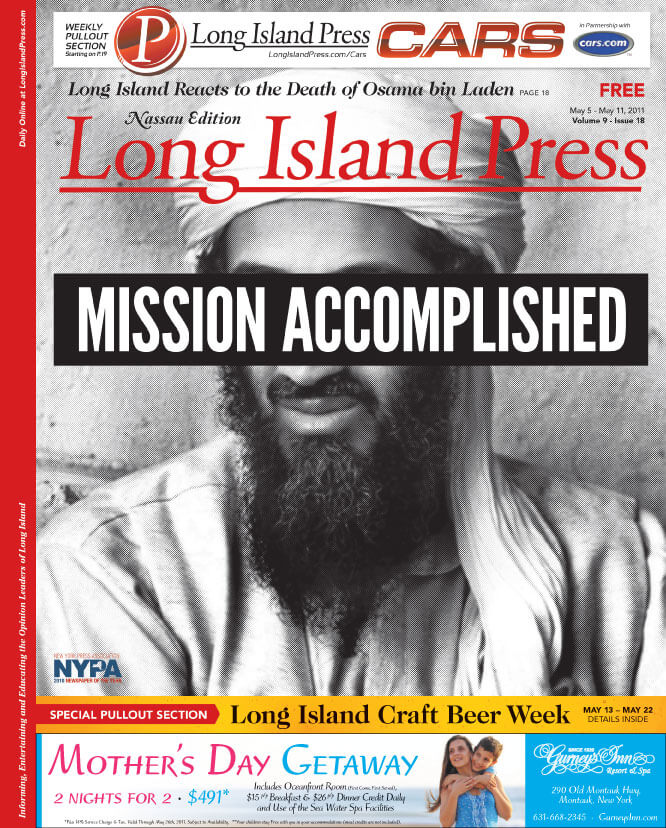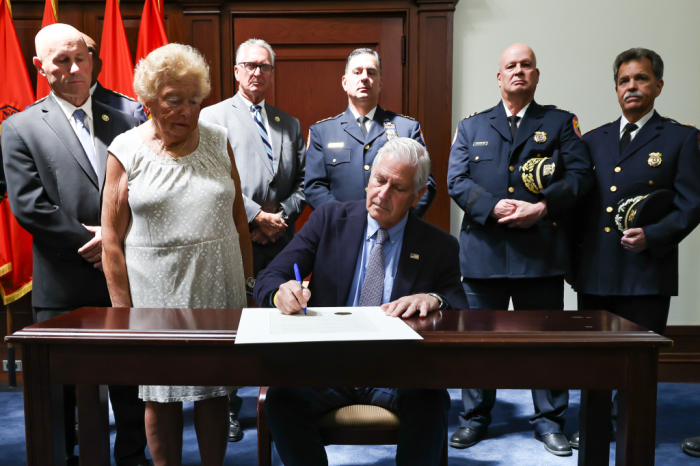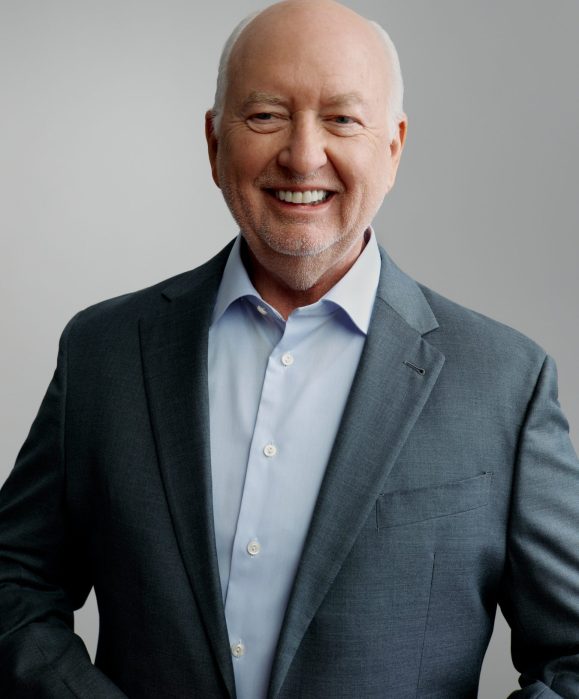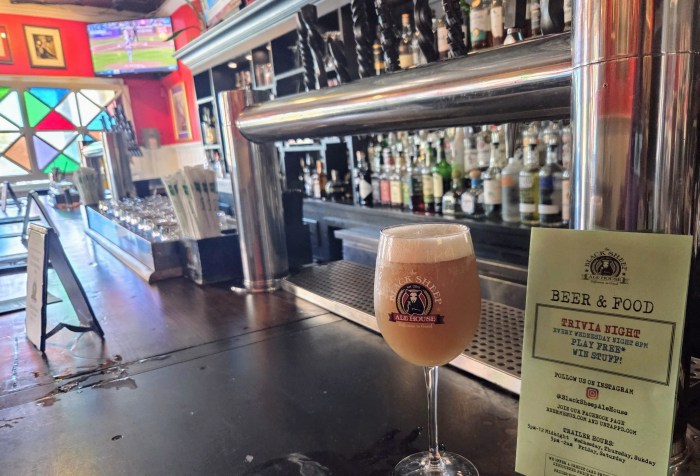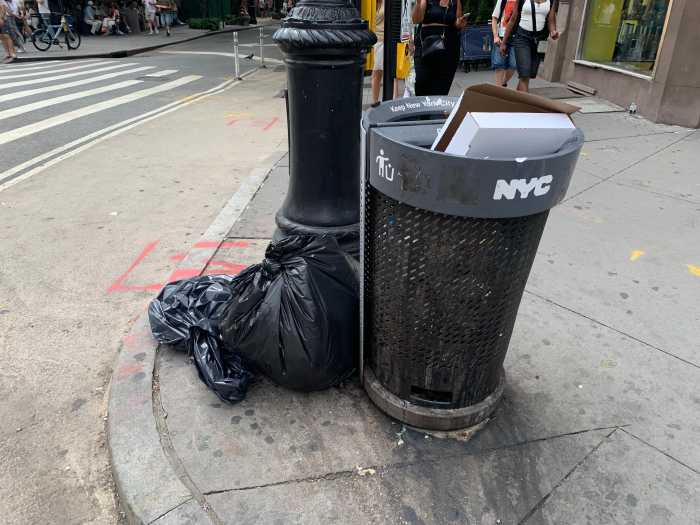
Public Enemy No. 1
Details of the covert U.S. operation that killed and captured the body of the world’s most reviled terrorist are still trickling in to news outlets. The most vivid accounts to date come from a 12:08 a.m. press briefing on May 2 by senior administration officials, another one later that day by White House Press Secretary Jay Carney and Assistant to the President for Homeland Security and Counterterrorism John Brennan, and a follow-up briefing by Carney on May 3.
According to the May 2 conference call, the transcript of which was released by the White House and posted on its website, the hit was the culmination of years of painstaking intelligence work and clandestine sleuthing by officers within the Central Intelligence Agency, National Geospatial-Intelligence Agency and National Security Agency.
Critical to its success was information obtained from detainees in U.S. custody.
“From the time that we first recognized bin Laden as a threat, the CIA gathered leads on individuals in bin Laden’s inner circle, including his personal couriers,” said a senior administration official. “Detainees in the post-9/11 period flagged for us individuals who may have been providing direct support to bin Laden and his deputy, [Ayman al-] Zawahiri, after their escape from Afghanistan.
“One courier in particular had our constant attention,” he continued. “Detainees gave us his nom de guerre or his nickname and identified him as both a protégé of Khalid Sheikh Mohammed, the mastermind of September 11th, and a trusted assistant of Abu Faraj al-Libbi, the former number three of al-Qaida who was captured in 2005.
“Detainees also identified this man as one of the few al-Qaida couriers trusted by bin Laden,” said the unnamed official. “They indicated he might be living with and protecting bin Laden. But for years, we were unable to identify his true name or his location.”
Four years ago, U.S. intelligence did. In 2010, they finally pinpointed his and his brother’s residence, too—a compound in Abbottabad, Pakistan, described as a “relatively affluent” town about 35 miles north of the Pakistani capital of Islamabad “with lots of retired military.”
U.S. intelligence officials were in awe at the find.
“When we saw the compound where the brothers lived, we were shocked by what we saw, an extraordinarily unique compound,” remarked the senior official. “The compound sits on a large plot of land in an area that was relatively secluded when it was built. It is roughly eight times larger than the other homes in the area.
“When the compound was built in 2005, it was on the outskirts of the town center, at the end of a narrow dirt road,” he added. “In the last six years, some residential homes have been built nearby. The physical security measures of the compound are extraordinary. It has 12- to 18-foot walls topped with barbed wire. Internal walls sectioned off different portions of the compound to provide extra privacy.”
Besides its disproportionate size and its fortified perimeter, officials said there were other telltale signs that a very important person was living there.
“Access to the compound is restricted by two security gates, and the residents of the compound burn their trash, unlike their neighbors, who put the trash out for collection,” said the senior official. “The main structure, a three-story building, has few windows facing the outside of the compound. A terrace on the third floor has a 7-foot privacy wall.
“It’s also noteworthy that the property is valued at approximately $1 million but has no telephone or Internet service connected to it,” he added. “[And] the brothers had no explainable source of wealth. Intelligence analysts concluded that this compound was custom-built to hide someone of significance… Our best assessment, based on a large body of reporting from multiple sources, was that bin Laden was living there with several family members, including his youngest wife.”
Next came months of decision-making and planning, with President Obama briefed “regularly.” The strategy: a two-helicopter raid on the compound, utilizing Navy SEALS. The strike team trained and practiced to ensure its success.
The objective: capture or kill Osama bin Laden. It commenced May 1 (eight years to the day after former president George W. Bush made his famous “Mission Accomplished” speech on the deck of the USS Abraham Lincoln and four days after Obama released his long-form birth certificate to quash allegations that he wasn’t born in the United States).
“We do not have time for this kind of silliness,” Obama had told reporters. “We’ve got better stuff to do. I’ve got better stuff to do. We’ve got big problems to solve.”
According to Carney, the president and his top national security aides listened to minute-by-minute updates on the operation in the Situation Room of the White House, where CIA Director Leon Panetta briefed them remotely from a communications screen.
“The minutes passed like days,” said Brennan of the tension and anxiety in the room as they watched and listened in real time to the unfolding drama. “A lot of people [were] holding their breath.”
“This operation was a surgical raid by a small team designed to minimize collateral damage and to pose as little risk as possible to non-combatants on the compound or to Pakistani civilians in the neighborhood,” explained another senior administration official. “Our team was in the compound for under 40 minutes and did not encounter any local authorities while performing the raid. In addition to Osama bin Laden, three adult males were killed in the raid. We believe two were the couriers and the third was bin Laden’s adult son. There were several women and children at the compound. One woman was killed when she was used as a shield by a male combatant. Two other women were injured.
“In the room with bin Laden, a woman, bin Laden’s wife, rushed the U.S. assaulter and was shot in the leg but not killed,” said Carney. “Bin Laden was then shot and killed. He was not armed.
“During the raid, we lost one helicopter due to mechanical failure,” he continued. “The aircraft was destroyed by the crew and the assault force and crew members boarded the remaining aircraft to exit the compound. All non-combatants were moved safely away from the compound before the detonation.”
“We shared our intelligence on this bin Laden compound with no other country, including Pakistan,” said another.
“We got him,” President Obama remarked when it became apparent through facial recognition and a preliminary DNA analysis that it was indeed Osama bin Laden.
Following the firefight, the U.S. team flew via helicopter with his body to the USS Carl Vinson in the North Arabian Sea, Carney said.
Once aboard, “the burial of bin Laden was done in conformance with Islamic precepts and practices,” he continued. “The deceased’s body was washed and then placed in a white sheet. The body was placed in a weighted bag; a military officer read prepared religious remarks, which were translated into Arabic by a native speaker. After the words were complete, the body was placed on a prepared flat board, tipped up, and the deceased body eased into the sea.”




